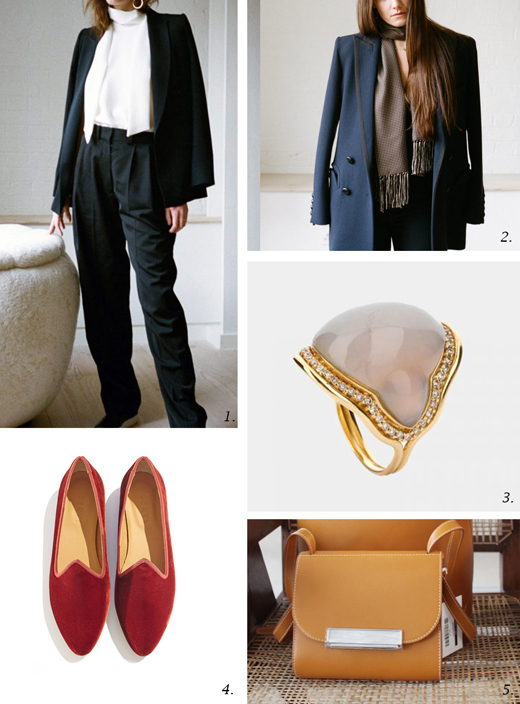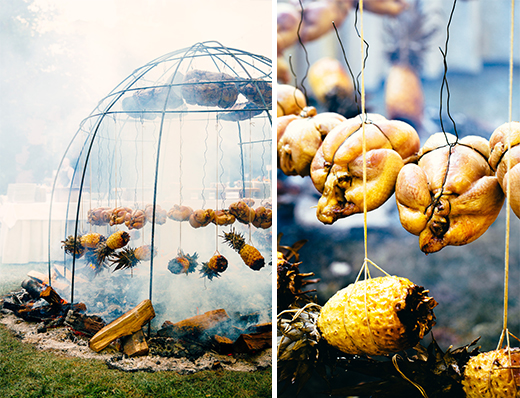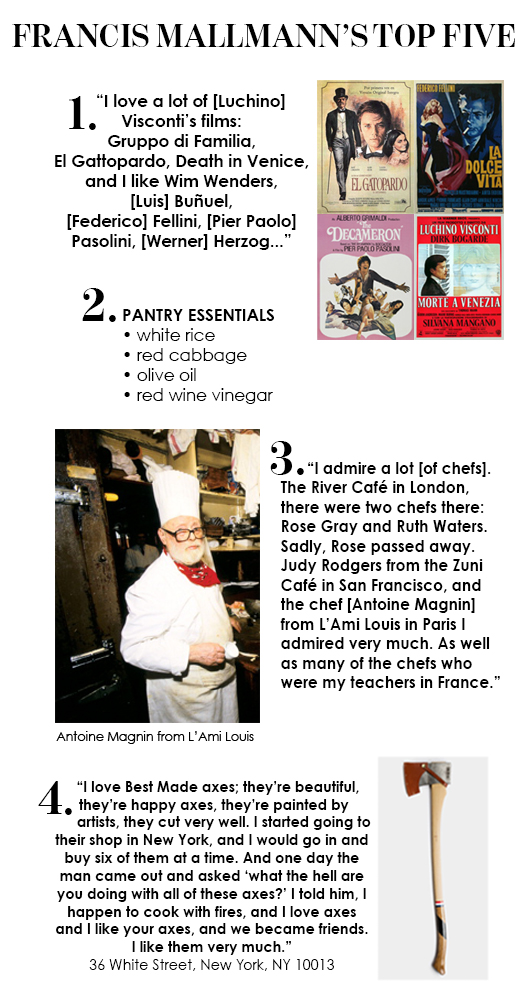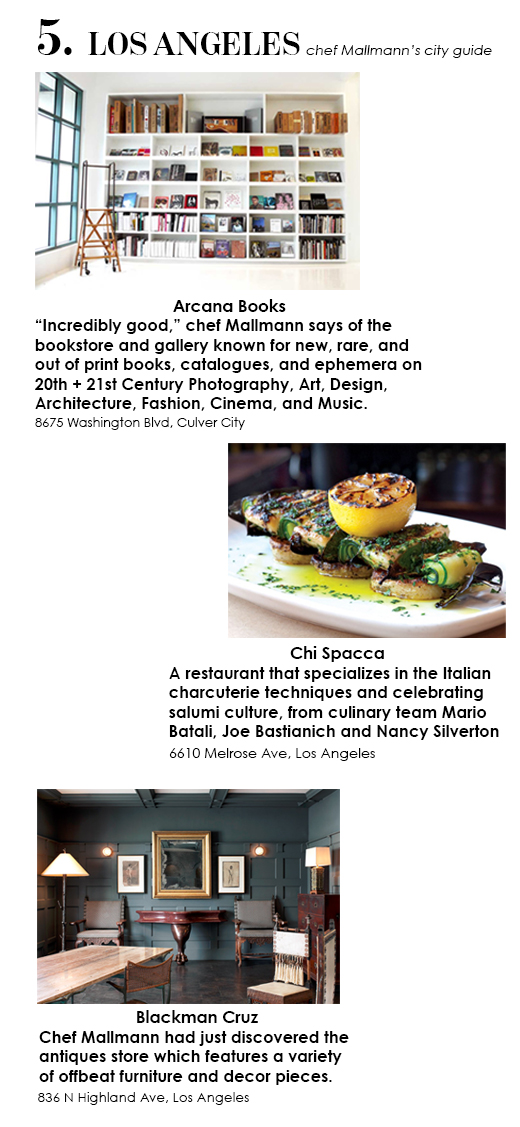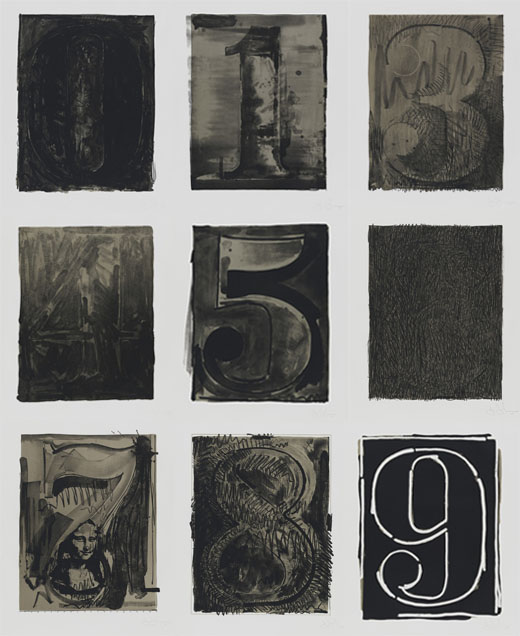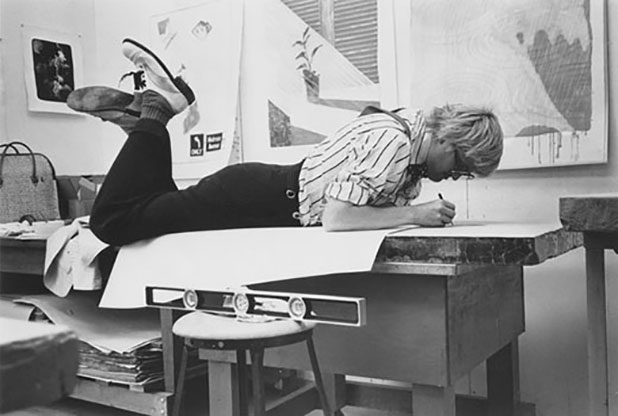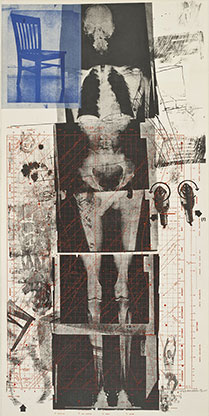For British retailer, designer and creative director, Alex Eagle, her life and work is all about curating. Whether scouring the globe for the absolute finest luggage, or a choosing a pair of shoes that fits the season’s trends without being too trendy, Eagle has become a trusted guide to a well-edited life. Just one step into her eponymous concept store in London’s Soho neighborhood, and you can sense her touch on every corner: mid-century furniture, contemporary art, and limited edition vinyls mix seamlessly with beauty products from the Alps, charcoal water filters, and of course wardrobe pieces from exciting new designers including herself.
When Humanity sat down with Eagle in her London apartment, she let us in on everything she’s coveting at the moment, and a look into her curated life. Read on for her favorite things, and get a deeper look into her career from Issue09.
Neighborhood in London: Soho (1.)
Place to relax: Tuscany (16.)
Local restaurant: Barrafina (6.)
Indulgence: Booja-Booja chocolates
New discovery: Yorica! began serving ice cream in Soho (12.)
Everyday scent: Portrait of a Lady by Frédéric Malle (14.)
Essential footwear: New & Lingwood x Alex Eagle Velvet Slippers (13.)
Luggage brand: Swaine Adeney Brigg x Alex Eagle (3.)
Day bag: The Row Book Bag
Travel-size beauty product: Susanne Kaufmann Pillow Spray (9.)
Piece of art: Own and love…Yves Klein coffee table (17.) and Picasso plates (7.)
Bedding: Olatz
Piece of furniture: Pierre Jeanneret Easy chair (2.)
Gadget: iPhone
Flowers or florist: Fjura (15.)
Coffee table book: Irving Penn Flowers (4.)
Piece of jewelry: Aldo Cipullo for Cartier 1970s Gold Nail bracelet (5.)
Beauty product you will never give up: Susanne Kaufmann face cream (10.)
Beauty product or routine you recently fell in love with: Facial Acupuncture
Beauty destination: Austria. For fresh fresh mountain air (11.)
Place for inspiration: Les Puces (flea market) in Paris.
Kitchen tool: NutriBullet
Music record: Toots and the Metals (8.)
Social media account to follow: @archdigest and @1stdibs
Wardrobe Essentials from Alex Eagle Studio:
Alex Eagle silk shirt and black trousers (1.)
Blazé Milano x Alex Eagle Resolute Navy Blazer (2.)
Fernando Jorge jewelry (3.)
Le Monde Beryl suede slippers (4.)
Hillier Bartley Double Shoulder Bag (5.)
—



